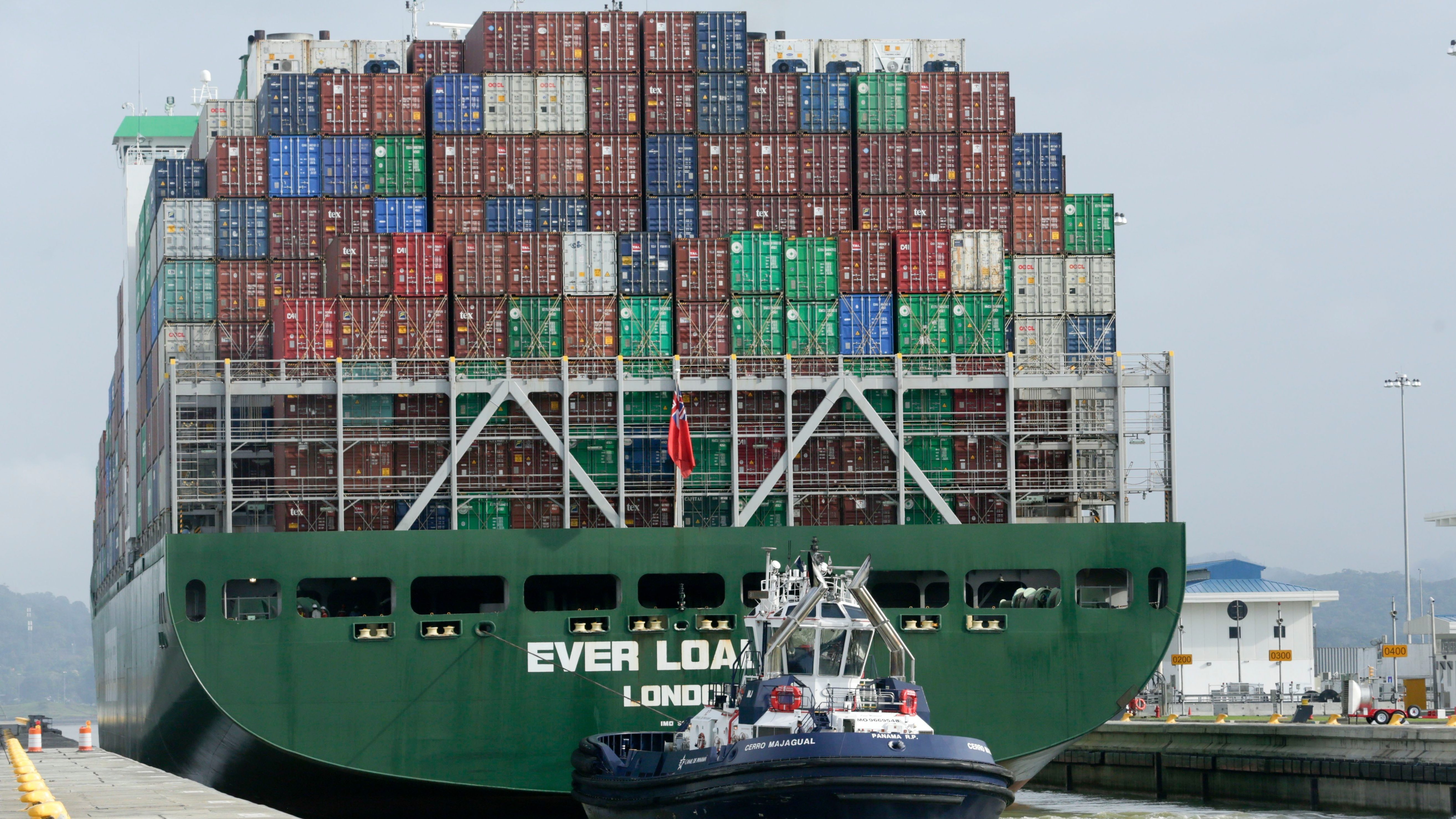
The Ever Loading (London) container ship navigates through the Cocoli Locks in the expanded Panama Canal in late June, 2017.The vast majority—roughly 90%—of all internationally traded goods get to where they’re going by sea. The ships that transport these goods are a massive source of greenhouse gases, in part because they use “bunker fuel,” the dregs of the fossil-fuel refining process. It’s extremely cheap, one reason you can get international goods all over the planet. But it’s also one the world’s dirtiest diesel fuels, with a much higher carbon content than, say, the diesel fuel used in cars.
Between 2007 and 2012 (the most recent period for which we found data), global shipping by sea amounted to an average of 1 billion metric tons of CO2 per year, according to the International Maritime Organization, a branch of the United Nations. That means shipping vessels account for 3.1% of global CO2 emissions per year.
That’s more than the annual CO2 emissions of Germany, the sixth biggest emitter by country (775 million metric tons in 2016). It’s less than Japan, which ranks fifth, at 1.2 billion metric tons.

|